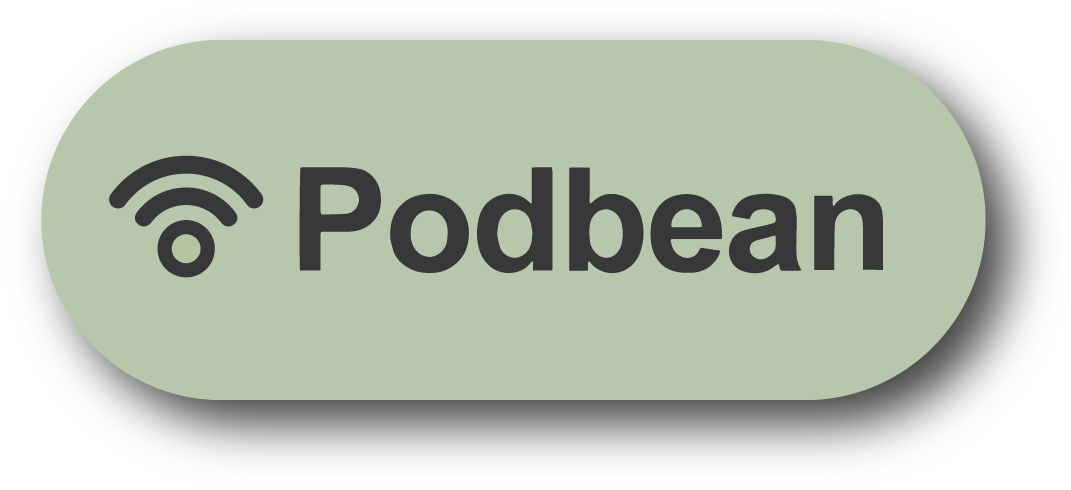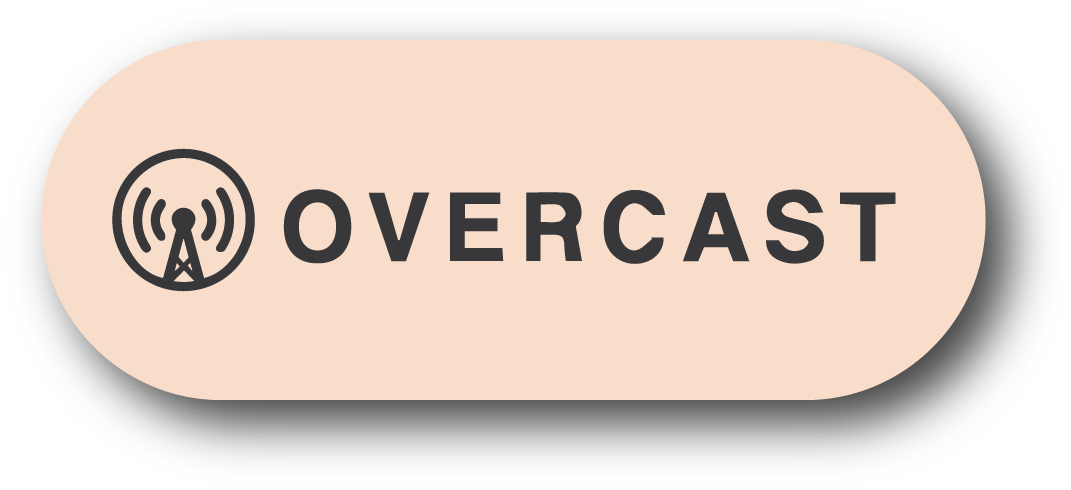#474 - WILLIAM PEDERSON, Founding Design Partner of Kohn Pedersen Fox Associates (KPF)
SUMMARY
This week David and Marina of FAME Architecture & Design are joined by William Pederson, founding design partner of Kohn Pedersen Fox Associates (KPF). The three discussed William’s background and career influences, leaving hockey for architecture, career breakthrough, establishing and growing KFP, gesture & response site design approach, One Jackson Square, maintain design quality in growing office, buildings that Bill is proud of, designing his own house and furniture, most challenging project, if Bill would do anything different in his career, and more. Enjoy!
ABOUT BILL
Glass, Steel, and Stone Bend Toward Humanity In Gesture and Response
Architect William Pedersen, FAIA, Investigates 25 Key Works of KPF Architects
“Tall buildings have anthropomorphic characteristics that encourage me to think of them as human participants in the city,” writes William Pedersen, FAIA, in the introduction to Gesture and Response. Within this new book of 25 of Pedersen’s designs, the reader will immediately see how buildings and cities continually reach out and react to each other.
Pedersen—co-founder with A. Eugene Kohn, FAIA, and Sheldon Fox, FAIA, of Kohn Pedersen Fox Associates (KPF)—selected these designs as emblematic of his architectural aspirations, contextual concerns, and material manifestations. He shows how monumental buildings made from hard glass, stone, and steel can exist at a gentle human scale.
From 333 Wacker Drive (1982) in Chicago to Hudson Yards (2019) in New York, the buildings span 45 years of the architect’s career, as KPF’s influence and global footprint grew. After taking the reader on a chronological tour of 24 towering corporate headquarters, contextual educational facilities, and community-oriented government projects, Pedersen takes us home—literally—to examine his own house on Shelter Island that was 20 years in the making.
Introducing full-bleed project photographs are buff-colored pages with plans and drawings, along with the story Pedersen weaves about each project. The architect’s text is incisive and illuminating, as elegant as his buildings, devoid of architectural jargon and theoretical rationalization. Through the easy prose, he proves that KPF’s work “was not the product of a polemical manifesto.”
As a final grace note, Pedersen ends the book with a section on the furniture he’s been creating for the past seven years. “The surprise is that my second career as a furniture designer explains my first,” he notes. “I discovered that my chairs, done primarily by myself, and my architecture, created in collaboration with many others, have a lot in common.”
“Gesture” can sometimes have a negative connotation in architecture when it is done for its own sake. Pedersen never does that—expressive details are tied to programmatic requirements and contextual imperatives. The buildings themselves gesture to their surroundings as “a fundamental strategy for bringing about connections in the modern city.”
Similarly to how Louis Sullivan, FAIA, expressed the visceral beginnings of his architecture in 1924’s The Autobiography of an Idea, Pedersen relays the thought and emotion in his reactions to client, site, program, environment, and myriad other needs and restraints involved in any built structure. Layered upon this are visual metaphors and dynamic interactions that fuel his creative expression. More than a monograph, as Pedersen himself states, Gesture and Response is indeed his “design autobiography.”
About William Pedersen, FAIA, FAAR
William Pedersen, FAIA, FAAR, is the founding design partner of Kohn Pedersen Fox Associates (KPF), which he started with A. Eugene Kohn, FAIA, RIBA, and Sheldon Fox, FAIA, in 1976. Fourteen years later, KPF became the youngest firm to receive the National AIA Firm Award for design excellence. Personal honors include Rome Prize in Architecture, Arnold W. Brunner Memorial Prize from the American Academy and National Institute of Arts and Letters, University of Minnesota’s Alumni Achievement Award, Lynn S. Beedle Lifetime Achievement Award from Council on Tall Buildings and Urban Habitat (CTBUH), and Medal of Honor from AIA New York. He was on the Board of the University of Minnesota Foundation and has been a visiting professor at Rhode Island School of Design, Columbia University, and Harvard University. He has held the Eero Saarinen Chair at Yale University and was honored as the Herbert S. Greenward Distinguished Professor in Architecture at University of Illinois at Chicago. He has a Bachelor of Architecture from University of Minnesota College of Design, St. Paul, and a Masters of Architecture from Massachusetts Institute of Technology, Cambridge.
www.kpf.com
TIMESTAMPS
(00:00) Bill's background & influences.
(13:47) Leaving hockey for architecture.
(16:05) Early career & architecture influences.
(24:58) New York City college.
“The comparative process enables me to deal with the three major forces of a problem: the site, the program, and the client. It’s extraordinarily important to get the client's acceptance. So, I decided to go through a series of possibilities, but it was not designed to be a Chinese menu for the client to choose one or the other. It was a desire to draw the client's aspirations because they can’t articulate their aspirations until they see something. By comparing a series of all the possibilities, we were able to get an understanding of what they're trying to achieve, and they were able to understand what I was trying to achieve. It never, ever ended up becoming a disappointment where they forced on me something I didn't want.” (29:15)
(31:02) Establishment of KPF Architecture.
(36:32) Growing KPF.
“This comparative process, a process of having a senior designer, with whom I work very closely, enabled them to develop the skills to ultimately lead projects themselves. That's how our office grew. We never brought anybody in from the outside for our design. Everybody was growing within the office. One of the things that Eugene Kahn was so good at was that Eugene encouraged younger people to be entrepreneurial. He didn't say, “No, I want to lead all these projects.” He let several [young architects] go out and develop relationships themselves. That was so fundamental to the ability for the office to go from one generation to another.” (37:46)
“Architecture school tries to train everybody to be a genius. It's an impossibility. We have good architects in our office, and I think I'm a good architect, but I'm not a genius. I found a way through working with other people and finding a way to get the best out of every possibility. That's the way KPF has been built. One of the reasons for the longevity of the people in our top positions is that they were able to find a way to get something out of their careers for themselves. And that, to me, is important. A young architect coming into an office ought to be able to see the possibility of someday achieving their aspiration.” (42:06)
(43:41) Gesture & response designing to the site.
“The gesture is not intended to be my work. The gesture is what the site gestures, and the response is the architectural response to the site's gesture. That's the important inversion. It's almost impossible to produce a consistent style with that attitude because the style evolves from the nature of the place. The opportunity to make connections of the same building type is [somewhat disregarded or lost in modern architecture]. I tried to do it with conventional commercial buildings, but unless everybody buys into this concept of connection, it's sort of a fruitless thing. Because you stand there hoping for connections, but there's nothing to connect to. So, I left that for a more generalized gestural response to the nature of the context.” (44:03)
(49:08) One Jackson Square.
(52:40) Maintaining design quality when growing the office.
“Architecture, particularly since Covid, has changed tremendously. When KPF was growing, all the global opportunities presented themselves, and we had a method for growing that seemed to work. But it's much more difficult now when those opportunities don't exist that frequently and when you have to go in the other direction. Clients are demanding turnaround times that are insane. The amount of pressure that's been put on architects has increased because technological tools now enable us to work faster. It's an entirely different world.” (53:49)
(58:57) Buildings that Bill is proud of.
(01:02:43) Design process for own house & furniture.
(01:05:49) Most challenging project for Bill.
(01:11:54) Bill's favorite place to eat.
(01:13:28) Would Bill do anything differently in his career?
























